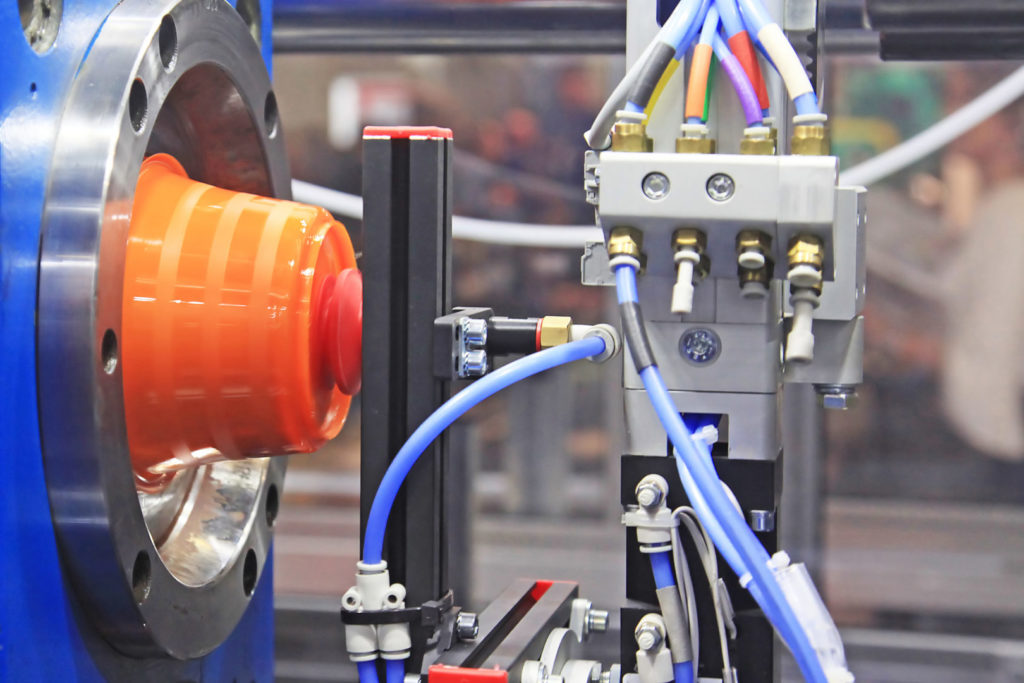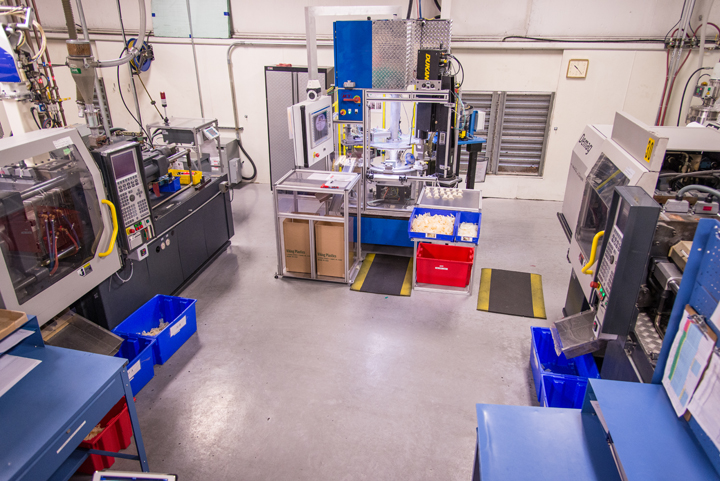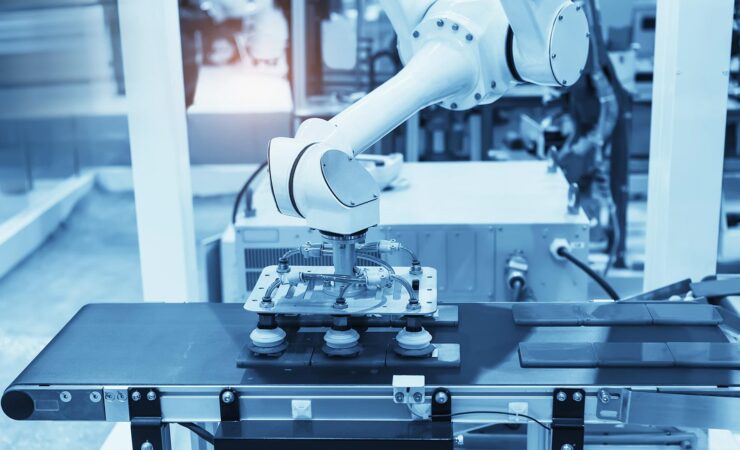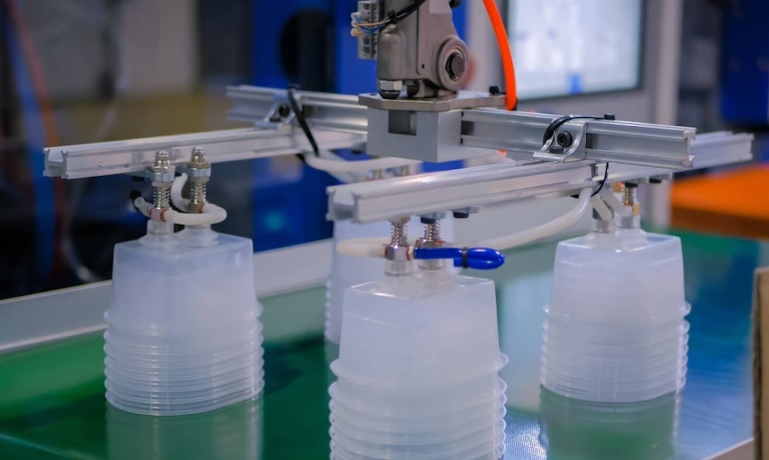Manufacturing plastic parts is not all fun and games. Most of the time, production managers need to take all information into account before making a move – especially when it comes to mass producing pieces.
In this article, we’re going to discuss the advantages and disadvantages of a mass production process known as injection molding. If you’re a production manager, or someone in the field with the power to make beneficial decisions for your manufacturing company, keep reading. By the end, you’ll know exactly whether or not injection molding is right for you.

Injection Molding Advantages – Things To Consider
Accuracy
If you have detailed parts that you need produced, injection molding is right for you. Add small features or large features, either way, the precision will still be pristine.
Repeatability
As soon as you have your mold set in stone and ready to mass produce, you have magic. From that point on, you’ll be able to make 100% identical products time after time. The first and last mold run will be the same, no matter when you stop and start that plastic product.
Cost Efficiency
There is an initial high investment involved in injection molding, but once you break even, the cost per part will be extremely low. Plus, the entire process can be done in one fell swoop once the material is added to the mold, unlike other processes that require polishing once the layered product is done.
Fast Speed
Depending on the complexity of the plastic product will depend on the turnaround time it takes the injection molding to make one piece. Sometimes, that cycle time can be as low as 10 seconds! Which means production can happen very fast depending on detail.
Materials
Material choices are vast, giving you plenty of options to choose from including but not limited to plastic, rubber, biocompostables, etc. Color choices also vary so that you can get your exact desired look.
Little Waste
Having a mass production process already yields little waste, which sets injection molding up for success. Plus, any leftover plastic materials can actually be reground and reused down the line for optimum waste usage.

Injection Molding Disadvantages – Things To Consider
Investment Cost
Getting involved in injection molding processes can yield a high investment cost considering designing and modeling takes a long time. Production isn’t automatic and it does take lots of experimental rounds to finalize a design. Plus, molds can be quite pricey, machine hours can add up, and material costs can vary.
Lead Time
In the beginning, the lead time for a fully produced product can be quite lengthy. The design needs to be perfect, as you can’t really edit it once you start producing parts. Not only that, but the testing and manufacturing process can take months before going live. If you know exactly what you’re looking to make, the process can be done in six weeks give or take. And once you get going, the lead time shrinks dramatically.
Size Limitations
Injection molding machines don’t fit in the corner of any normal-size room; they’re very large and if you’re looking to produce large plastic products, you’ll need an even larger machine with ample area to run your processes through. That being said, you will come across size limitations with large parts unless you’re willing to pay a pretty penny.

Thought Through Design
If you’re considering changing your plastic manufacturing processes within a few months, injection molding is not the right investment to get into. Plastic moldings need attention to detail and cannot be thought of lightly. Not only that, but the design needs to be carefully thought through. Everything from material usage to allotted temperatures. Cooling lines cannot be placed any which way, because then you may find yourself with a not-so-aesthetically pleasing product.






